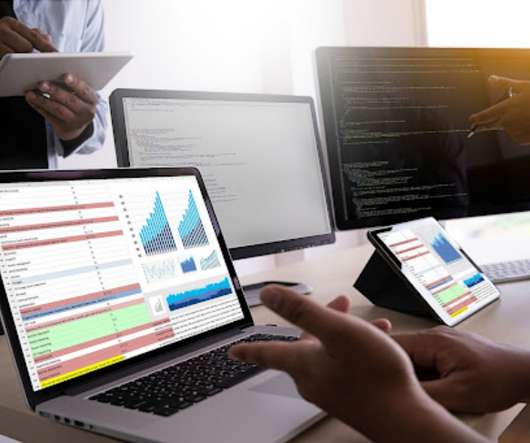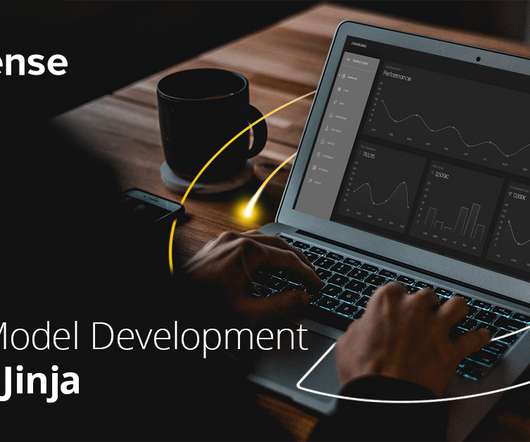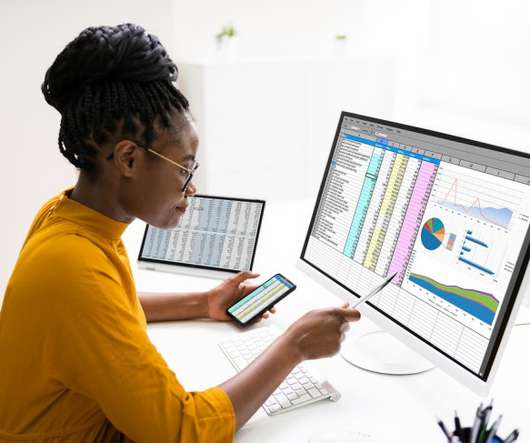Reporting Analytics vs. Financial Reporting: Is There a Difference?
Jet Global
OCTOBER 26, 2021
Multi-dimensional analysis is sometimes referred to as “OLAP”, which stands for “online analytical processing.” Visualizations : Data visualizations, including charts, graphs, maps, and similar graphical components, provide an especially powerful tool for quickly identifying patterns within large data sets.




















Let's personalize your content